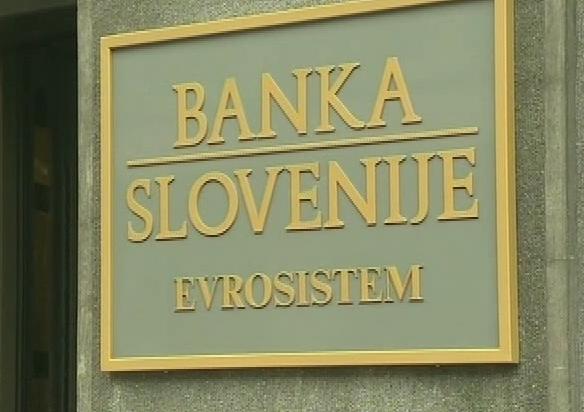
It also said non-performing loans which include repayment delays of at least 90 days plus loans that have only a small possibility of being repaid, represent some 5.5 billion euros or 20 percent of all loans, according to a newly-established European Banking Authority standard.
"The problem of bad loans is being resolved, bad loans are being reduced ... but the process of reducing the amount of bad loans is expected to continue for at least another five years," Vice Governor Stanislava Zadravec Caprirolo told a news conference. She pointed out that Slovenian banks have sufficient capital at present in spite of a relatively high amount of bad loans.
The central bank added 80 percent of those loans have already been covered by provisions. In 2013 large amount of bad loans in mostly state-owned local banks almost pushed Slovenia into an international bailout. In December 2013 the government poured more than 3 billion euros into local banks to prevent them from collapsing under bad loans. In this way it also enabled the country to avoid a bailout.
Slovenia has been reluctant to sell its major banks over the past decades so the government still controls about 50 percent of the country's banking sector. In June the government sold Slovenia's third largest bank Nova KBM (NKBM) to U.S. investment firm Apollo Global Management , while further sales of state banks are planned in the coming years.
Marja Novak, Reuters

































































